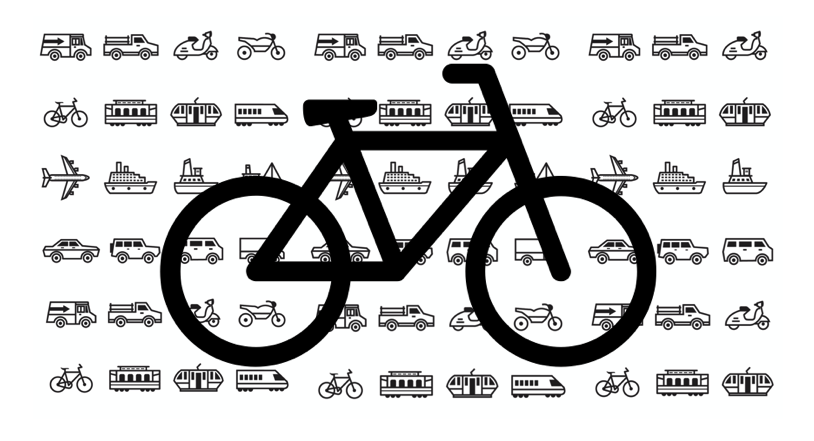
My call on Twitter and Linkedin to submit topics for this column resulted in some nice reactions. Many questions about hydrogen, the development of batteries, also for use at home, the conversion of your car to an electric one, the future of cabs, shared cars, etc. Many of these topics we have already covered and are now collected in our book.

By email, I received a message from the sympathetic start-up Tiler, from the TUDelft. They developed an inductive charging tile for electric bikes. For cars, there have been initiatives for some time now. In this column, I will explain how that works: charging by air.
To charge the battery of your phone, you connect the phone with a cable to the charger. This is called conductive charging, with current flowing through the cables. Sometimes people also use a charging panel you can just put your phone on. This is called inductive charging and works by using electromagnetic fields that transfer the energy. This means you don’t have a cable connection to your battery. However, your phone must be suitable for it: it must contain coils that can absorb the magnetic fields. If you lift your phone a bit from such an inductive charger or shift it too much, it will work less or not at all. That’s because there are a lot of losses if the distance increases.
Inductive charging for cars has long been the subject of research at a number of universities and companies. In England, a stretch of freeway is being built on which your car is charged while driving. Similar plans also exist in Sweden. The problem is that the distance to the coils in the road here is (too) large, not to mention the enormous cost of all those coils in the road. A lot of energy is lost because of the ten or twenty centimeters distance between the road and the car.
You can already buy wireless car chargers for use at home: you have to drive your electric car (beware: it has to be suitable for it, just like the phone) carefully over it and then you don’t have to plug it into the charging station anymore. Again, it is important to put your car as precisely as possible above the charger. A few centimeters to the left or right and your charging losses will increase by tens of percent. It would be handy if the car could position itself autonomously.
Tiler’s charging tile is for bicycles. A simple and fun idea: when you park your bike you put the stand of the bike (that’s where the charging coils are located) exactly above the tile. This reduces charging losses. Without messing around with plugs, or having to take your battery off your bike, your bike will be charged again when you leave. For our cycling country with more than one and a half million electric bikes, it’s a nice innovation – and a possible export product!
Maarten Steinbuch and Carlo van de Weijer are alternately writing this weekly column, originally published (in Dutch) in FD. Did you like it? There’s more to enjoy: a new book with a selection of these columns has just been published by 24U and distributed by Lecturis.
